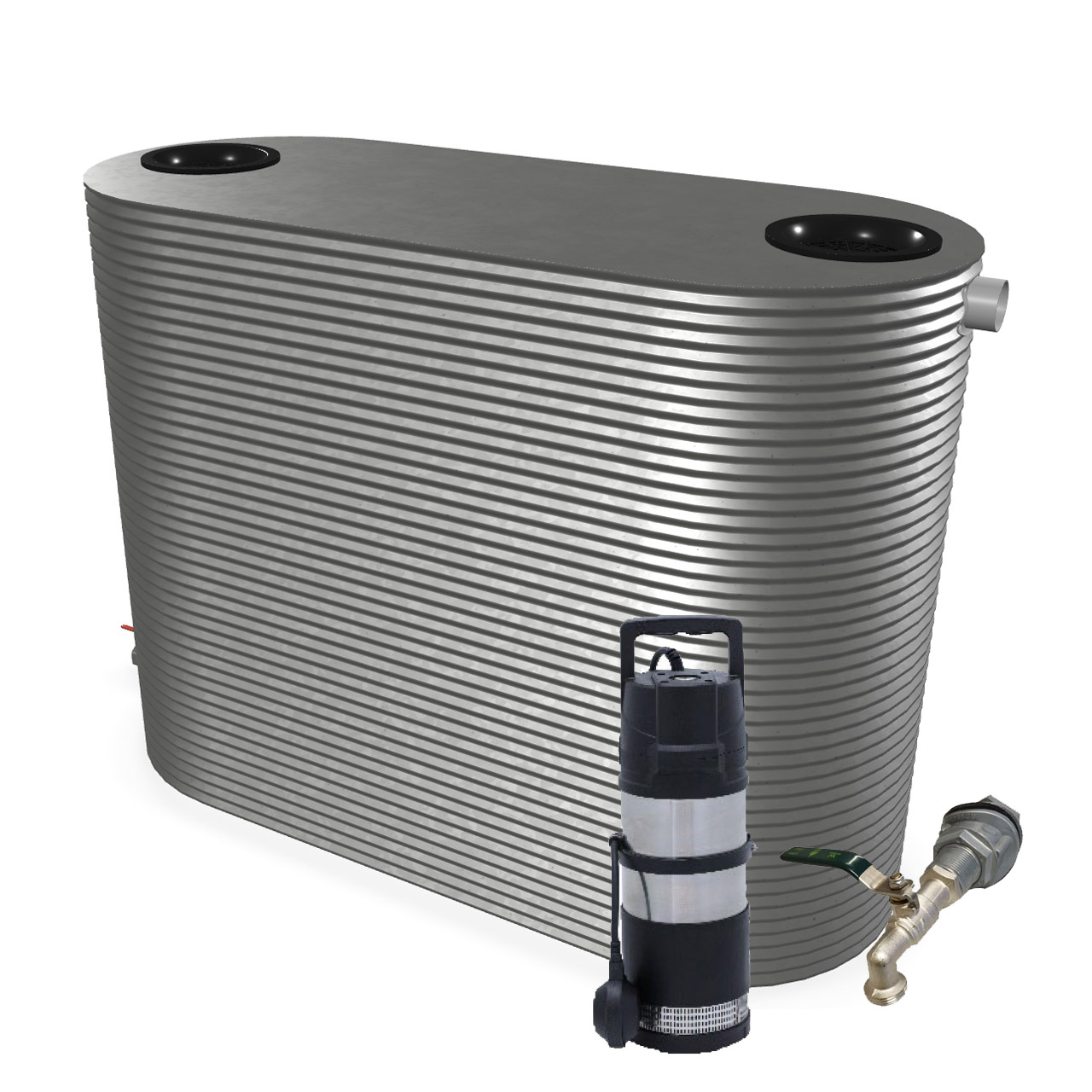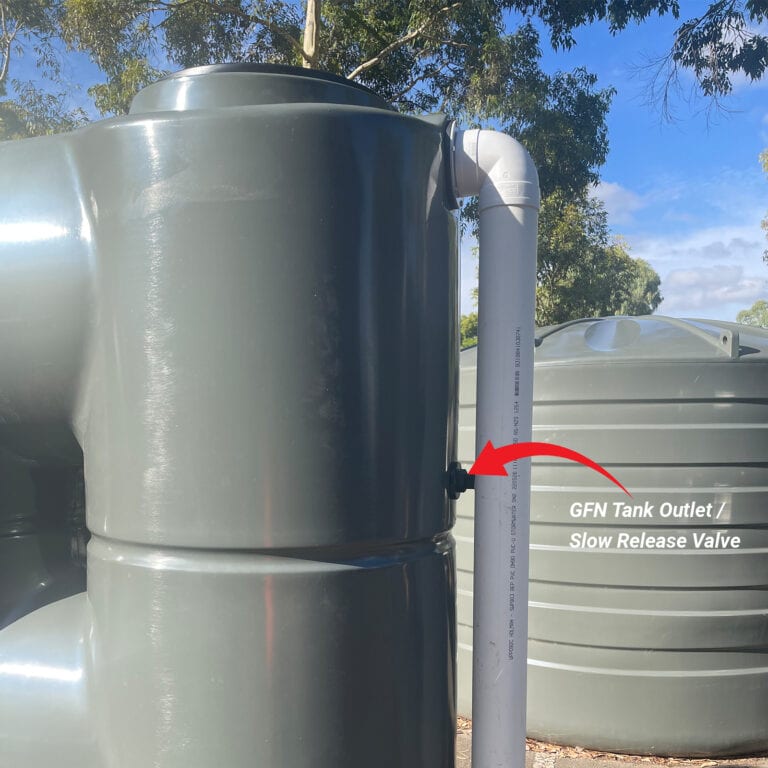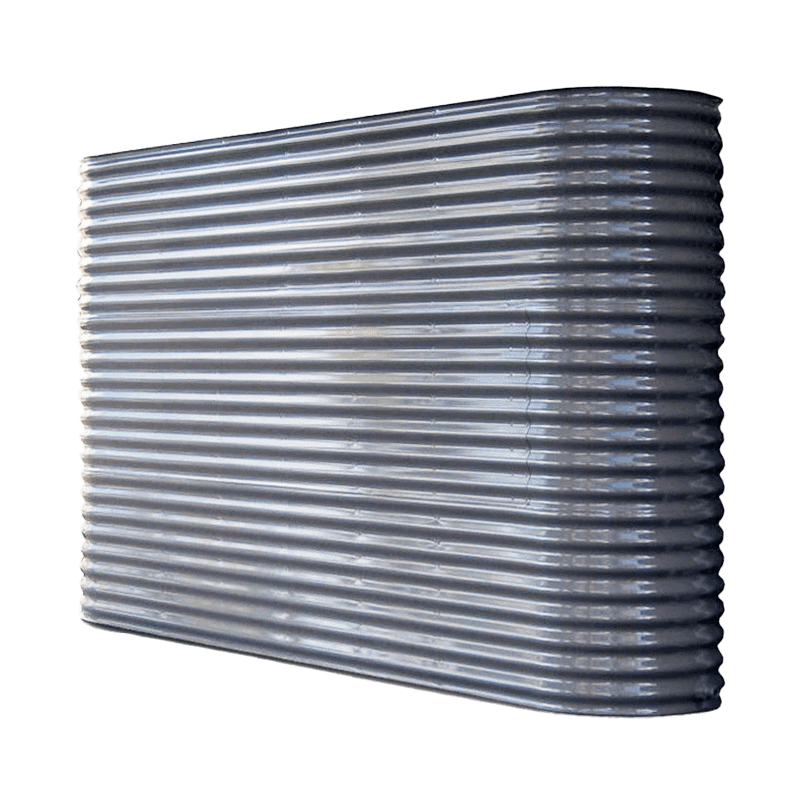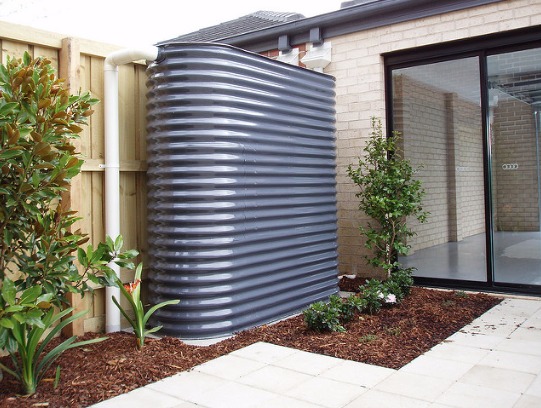Recognizing the Significance of Rainwater Storage Tanks in Drought-Prone Regions for Water Security
In regions prone to long term dry spells, the duty of rain tanks in bolstering water security is a topic of expanding value. As communities grapple with the difficulties of water deficiency, comprehending the significance of these tanks surpasses mere collection of rain. Rainwater containers offer as an essential device in mitigating the influence of water scarcities by giving a sustainable source of water for different needs. Nonetheless, real value of rain storage tanks prolongs much beyond mere storage space; it includes resilience-building procedures and the promotion of lasting water preservation approaches. This diverse method to water security warrants a more detailed examination of the duty rainwater containers play in ensuring a dependable water supply during times of dry spell.
Advantages of Rain Containers
Making use of rainwater tanks supplies a lasting remedy for augmenting water and improving water protection in household and business setups. One of the key benefits of rainwater storage tanks is their capability to reduce dependence on keys water system. By catching and storing rain that falls on roofs, this alternate source can be utilized for numerous non-potable objectives such as watering, purging commodes, and washing garments. This not only saves cured alcohol consumption water yet additionally decreases water bills for customers.

Rainwater Harvesting Strategies
Rainwater collecting techniques include a series of approaches developed to effectively accumulate and keep rain for various purposes, contributing to water conservation and sustainability. One typical technique is the installation of roof catchment systems, where rain is gathered from the roof of a structure and routed to a storage space container. This method is reasonably easy and cost-efficient. Another preferred strategy is the usage of above-ground or below ground tank to keep rainwater for later use. These storage tanks are available in different sizes and products to match various needs and can be linked to the existing plumbing system for simple gain access to.

Additionally, rain yards and absorptive pavements are cutting-edge methods that include landscape design or paving surface areas in such a way that enables rain to percolate right into the ground, replenishing groundwater gets. In addition, shape farming and terracing are farming practices that aid catch rainwater and prevent soil erosion in uneven terrain. By implementing these varied rainwater harvesting techniques, communities can boost water security and strength in drought-prone areas while advertising sustainable water monitoring techniques.
Importance of Water Safety And Security
Ensuring reputable accessibility to clean and adequate water sources is critical for maintaining human health, financial growth, and ecological health. Water safety is a crucial facet of social durability, particularly in areas at risk to dry spells and water scarcity. Sufficient water safety and security encompasses numerous dimensions, consisting of accessibility, high quality, and ease of access of water for residential, agricultural, industrial, and ecological needs.
Water protection plays a critical role in advertising public wellness by minimizing the frequency of waterborne conditions and guaranteeing cleanliness centers. Economically, water protection is vital for agricultural productivity, commercial operations, and total financial development. Slimline water tanks. Additionally, water safety and security is carefully linked to ecological sustainability, as it sustains ecosystems, biodiversity, and general ecological balance.
In drought-prone areas, water security becomes much more vital as a result of the heightened threat of water lacks. Executing strategies like rainwater harvesting, water recycling, and efficient water management methods can significantly enhance water safety in these areas. By focusing on water protection, areas can better withstand the effects of environment modification, population growth, and various other obstacles that intimidate water accessibility.
Enhancing Water Strength
With increasing global water difficulties, developing strength in water systems has ended up being an essential emphasis for sustainable growth initiatives. Enhancing water resilience involves implementing strategies to guarantee water accessibility and top quality when faced with altering ecological problems, such as dry spells, floods, and pollution.
One secret facet of improving water strength is promoting using rainwater tanks in drought-prone regions - Slimline water tanks. Rainwater storage tanks act as an efficient ways of recording and storing rainwater for later usage, lowering reliance on scarce freshwater sources throughout dry periods. By incorporating rainwater harvesting systems into water monitoring strategies, communities Get More Information can enhance their ability to endure water shortage and maintain water protection

Lasting Water Conservation
Amidst rising water difficulties, the sensible management of water resources with lasting More Bonuses conservation practices is imperative for making sure long-term ecological stability and societal well-being. Lasting water conservation entails the efficient use of water resources to satisfy existing demands without jeopardizing the ability of future generations to meet their own requirements. By carrying out approaches such as rainwater harvesting, greywater recycling, and water-efficient modern technologies, communities can decrease water wastage and alleviate pressure on freshwater resources.
Moreover, sustainable water preservation practices add to ecosystem wellness by keeping sufficient water degrees in rivers, lakes, and marshes, supporting biodiversity, and protecting natural habitats. These methods likewise play a crucial duty in reducing the impacts of climate adjustment by assisting to adjust to altering precipitation patterns and water schedule.

Final Thought
Finally, rainwater containers play a critical function in boosting water security and resilience in drought-prone areas. By using rainwater harvesting techniques, communities can reduce their dependence on typical water sources and promote sustainable water conservation practices. This not only assists minimize the effects of water shortage throughout dry spells yet also contributes to browse around these guys long-term water security and resilience in the face of climate adjustment difficulties.